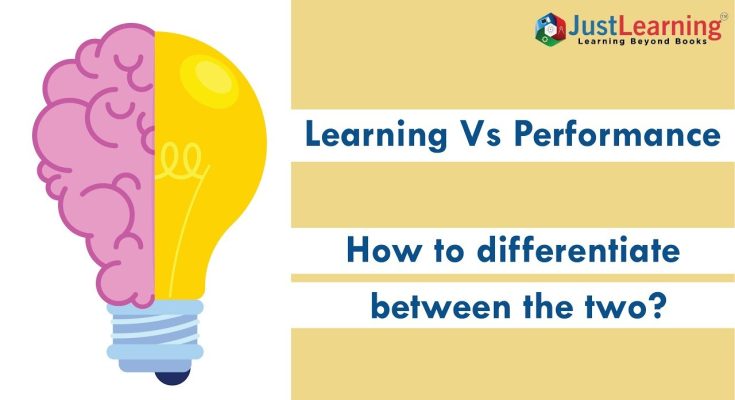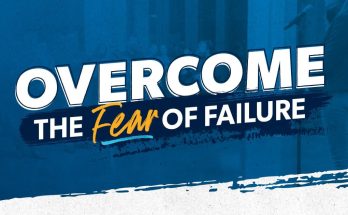In the world of business and professional development, the distinction between learning and performing is often blurred. Yet understanding the difference is essential for growth, resilience, and long-term success. Learning is an internal process—an exploration of ideas, a testing of assumptions, and a willingness to make mistakes. Performing, on the other hand, is external. It’s about delivering results, meeting expectations, and demonstrating competence. Both are necessary, but they serve different purposes. When professionals confuse one for the other, they risk undermining their development and limiting their potential.
Learning thrives in environments where curiosity is encouraged and failure is accepted as part of the process. It’s messy, nonlinear, and often uncomfortable. In contrast, performing is about control, precision, and polish. It’s the moment when you present what you know, not when you figure it out. A business analyst preparing a report is performing when they present findings to stakeholders, but they’re learning when they dig into the data, question anomalies, and explore alternative interpretations. The learning phase is where insight is born; the performance phase is where that insight is communicated.
The pressure to perform can sometimes stifle learning. In high-stakes environments, professionals may feel compelled to avoid mistakes, which leads to playing it safe. But learning requires risk. It demands that you venture into unfamiliar territory, ask questions that don’t have immediate answers, and admit when you don’t know something. A marketing manager experimenting with a new campaign strategy is learning when they test different messaging approaches and analyze consumer responses. If they’re focused solely on delivering perfect results, they may miss the opportunity to uncover what truly resonates with their audience.
One of the challenges in business is that performance is often rewarded more visibly than learning. Promotions, bonuses, and recognition tend to follow successful execution. But the ability to learn—especially in complex, changing environments—is what enables sustained performance over time. A leader who invests in understanding emerging technologies, even before they’re widely adopted, is positioning themselves for future success. They may not be performing in the traditional sense, but they’re building the foundation for strategic advantage. Learning is the long game; performance is the short-term outcome.
The mindset behind each is also different. Learning is driven by curiosity and growth, while performing is driven by accountability and delivery. When professionals adopt a learning mindset, they approach challenges as opportunities rather than threats. They’re more likely to seek feedback, reflect on their experiences, and iterate on their approach. In contrast, a performance mindset can lead to defensiveness and rigidity, especially when things don’t go as planned. A sales executive who views a lost deal as a learning opportunity will analyze what went wrong and improve their pitch. One who sees it only as a failure may avoid taking similar risks in the future.
Balancing learning and performing is key. In business, you can’t afford to be in a perpetual state of experimentation without delivering results. But you also can’t rely solely on what you already know. The most effective professionals move fluidly between the two. They carve out time for exploration, even amid deadlines. They reflect on their performance not just to celebrate success, but to identify areas for growth. This balance creates a cycle of continuous improvement, where learning fuels performance and performance informs learning.
Organizations play a critical role in fostering this balance. Cultures that value learning create space for experimentation, tolerate failure, and reward curiosity. They understand that innovation doesn’t come from perfection—it comes from iteration. When companies encourage employees to ask questions, challenge assumptions, and share insights, they build a workforce that’s not just competent, but agile. In contrast, cultures that prioritize performance at all costs may achieve short-term gains but struggle to adapt when conditions change. The ability to learn becomes a strategic asset, not just an individual trait.
Technology has also shifted the dynamic between learning and performing. With access to real-time data, online resources, and collaborative platforms, professionals can learn on the fly. The line between preparation and execution is more fluid than ever. A product manager might be performing during a stakeholder presentation, but simultaneously learning from audience reactions and questions. This blend of learning and performing reflects the reality of modern work, where adaptability is as important as expertise.
Ultimately, recognizing the difference between learning and performing allows professionals to be more intentional in how they approach their work. It helps them identify when they need to explore, when they need to deliver, and when they need to reflect. It also fosters a healthier relationship with growth—one that values progress over perfection and curiosity over certainty. In business, where the landscape is constantly shifting, the ability to learn is not just a complement to performance—it’s the engine behind it. When professionals embrace both, they don’t just succeed in the moment—they build the capacity to thrive in the future.



